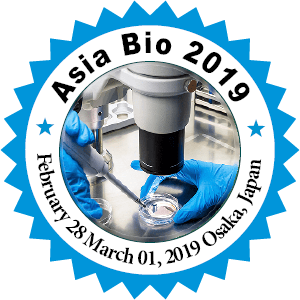
Biography
Biography: Insang Lee
Abstract
Water has been considered as matrix of the world and of all its creatures. Some unusual and significant properties are involved in water such as its physical properties, chemical properties, solvent potency, hydrogen bonds forming ability and amphoteric natures. Biologists proved that water is the backdrop on which life’s molecular components are designed. The same applies to our finding that hydronium ions (H3O+) seem to have a better option for the water surface. H3O+ may form three donor hydrogen bonds to neighboring water molecules, but because most of the positive charge resides on the oxygen atom, it can no longer act as a good hydrogen bond acceptor. Indeed, this makes the oxygen somewhat hydrophobic, so that H3O+ acts as an amphiphile. In this way, reduced hydrogen bond capacity encourages the surface accumulation of H3O+, oriented with the oxygen atom outermost. As much the same behavior might be expected at hydrophobic surfaces, this finding could have significant implications for biomolecular hydration that have investigated by us; for example, one might expect to see a shift in the dissociation of protonatable residues close to hydrophobic patches and perhaps even a stabilization of hydrophobic species by a kind of surfactant behavior of H3O+. The water molecules solvating a hydronium (H3O+) ion can actually facilitate proton transport by shuttling it to another molecule. In this way, a specific proton does not itself diffuse through the medium; rather, there is a cooperative transfer of protons between successive molecules.

